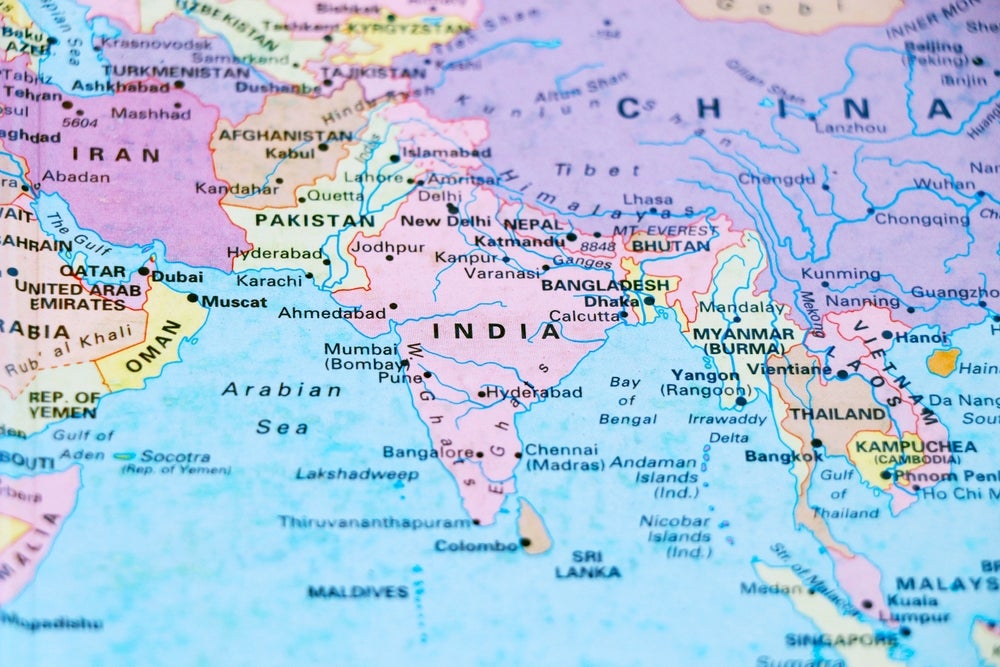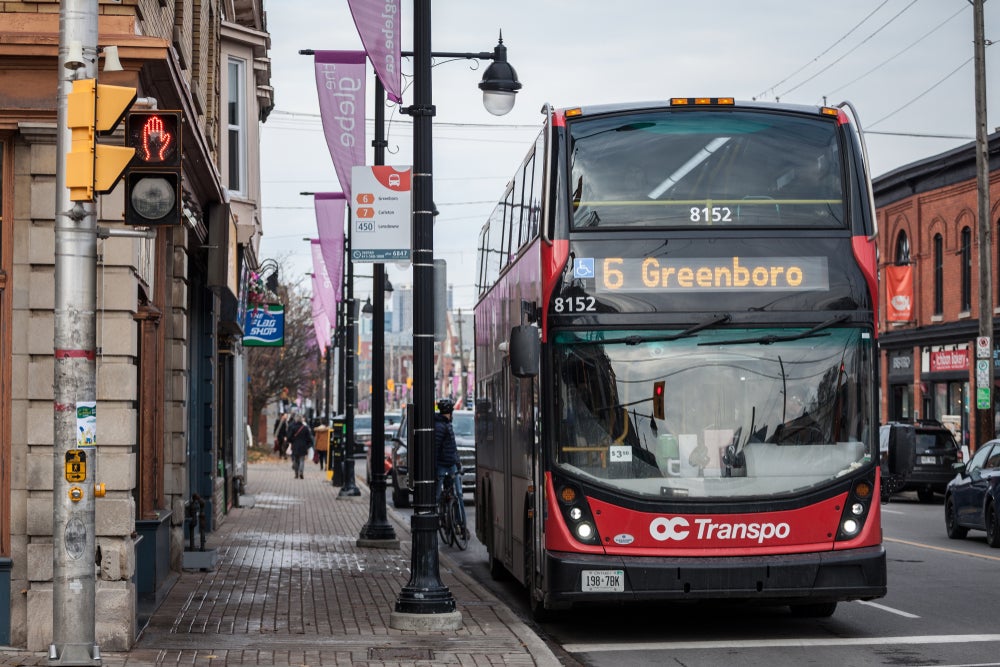There is a growing movement towards domestic processing
of payment transactions across Asia, mirroring trends in markets
across the world. Japan’s JCB and China’s CUP have also
demonstrated they are not content with their own markets, branching
out internationally. Richard Hartung reports.
Ever since they were founded more
than four decades ago, MasterCard and Visa have been both dominant
brands and transaction processors throughout much of Asia.
While a few large Asian markets
have had domestic transaction processing, the card schemes switched
transactions domestically as well as internationally between banks
in many countries.
Now, however, a major shift in the
process for switching and clearing domestic transactions is
underway. Markets throughout South and South-East Asia are
developing domestic clearing systems to switch transactions; those
with a huge domestic market such as China UnionPay (CUP) are
gaining clout not only in their home market but also globally
through partnerships with other local switches.
At stake is potentially hundreds of
millions of dollars of revenue, and those transactions are turning
into a tussle involving governments as well as corporate
giants.
How well do you really know your competitors?
Access the most comprehensive Company Profiles on the market, powered by GlobalData. Save hours of research. Gain competitive edge.

Thank you!
Your download email will arrive shortly
Not ready to buy yet? Download a free sample
We are confident about the unique quality of our Company Profiles. However, we want you to make the most beneficial decision for your business, so we offer a free sample that you can download by submitting the below form
By GlobalData
Domestic processing in the
last decade
While some markets have long had domestic switching and clearing
systems, with the value-added networks (VANs) like Nice in Korea
and also CAFIS in Japan being notable examples, the transition
towards domestic processing in other markets began in earnest only
a decade or so ago with the rise of CUP.
Since its launch in 2002 to switch
and settle card transactions domestically in China, China UnionPay
(CUP) has become a powerhouse and by 2009 switched the vast
majority of the 16.7bn bankcard payment transactions in China.
For a combination of reasons
ranging from a desire to move quickly in adoption of electronic
transactions and perhaps observing the success of CUP to cost and
standardisation, other countries in the region have also started to
look at setting up a domestic switching system and have been moving
along a similar path over the past several years.
In 2008, for example, the Indian
Banks Association set up the National Payments Corporation of India
and announced that they would set up IndiaPay. Thailand and
Malaysia also started moves toward domestic processing, and other
countries are considering similar initiatives. In some other
markets a different path sees more transactions switched
bilaterally between merchants and card issuers, bypassing a
domestic or international switch altogether.
The impact of these changes on the
card schemes can be quite significant. Instead of moving across the
MasterCard or Visa networks, more domestic transactions would flow
along lower-priced networks. The card schemes could be left as
processors of international transactions, which average around 5%
of volume in many markets. Not unexpectedly, industry insiders
interviewed by BPA, sister publication of CI,
preferred to remain anonymous as they discussed the potential
impact of these developments on their markets.
 Cost a key push towards
Cost a key push towards
domestic
A variety of factors have provided an impetus for this move
towards domestic transaction processing.
One of the key factors, not
unexpectedly, is cost. While the card schemes do not publish fees
in most of the Asia Pacific region, costs are large and reportedly
rising. Local reports estimate the fees paid to MasterCard and Visa
for clearing and settlement in India at over $100m per year.
Reserve Bank of India (RBI) data showed just about 395m payment
transactions in 2009, compared to about 3.5bn in Australia and 16bn
in China, so it is easy to see that fees in other markets could be
more sizeable if transactions go across card scheme networks.
A second factor propelling the
change is operational efficiency especially when there is a strong
government-backed to develop electronic payments at a domestic
level. CUP, for example, says that it was set up for “joint
stipulation of rules, joint popularisation of business, joint
expansion of market and joint standardization of orders”.
RBI said in its Payment Systems
in India report in 2005 that a local clearing system would
help to overcome inefficiency caused by multiple operators, “local
practices which vary from place to place” and customer service
which is “often compromised for operational convenience.”
Especially in larger markets, increased efficiency of a local
clearing system is also viewed as a way to hasten the move from
cash towards electronic payments.
Another factor more recently has
been the rapid increase in card scheme debit cards. Some markets
already have local switches for processing domestic or proprietary
debit cards. As banks have started to issue MasterCard or Visa
debit cards, or converted their local debit cards to scheme cards,
more transactions have flowed across the card scheme networks –
sometimes at a higher cost.
With the growth in debit rapidly
outpacing credit and expected to rise even further, banks in some
markets may have faced increasing costs and started looking for
alternatives.
Increasingly vocal card
schemes
Although the card schemes have previously worked in a low-key
manner to increase acceptance of their own brands and their
processing of domestic transactions, their objections to the
development of domestic switches have become more prominent over
the past year as the impact onto their local business in key Asian
markets cannot be ignored.
In March 2010, according to
Bloomberg, the US Trade Representative was in the midst of
deciding whether to file a suit at the World Trade Organisation
(WTO) to push for American Express, MasterCard, Visa and other card
schemes to be able to process transactions in China.
“My preferred course of action is
always… direct negotiations,” US trade representative Ron Kirk
told reporters. “[If negotiation proves fruitless] we can make a
decision at an appropriate time… whether we want to file a law
suit.”
A review of whether to file at the
WTO is apparently still under consideration.
Visa decided to take unilateral
action against CUP in June when it told its clients that
transactions outside China on cards with both the Visa and CUP
logos should be switched across the Visa network rather than
CUP.
According to ChannelNewsAsia, CUP
said in its response that transactions on the CUP network do not
incur foreign currency mark-ups, so the transactions are less
expensive for travellers, and “neither party has the right to
unilaterally restrict cardholders’ options for overseas payment
channels”.
While other card schemes have not
taken similar actions yet, objections could spill over to other
companies. Other markets could also do something similar to Taiwan,
which has a button on the terminal so that cardholders can
specifically select to have the card routed via CUP.
Markets moving in
parallel
In Northeast Asia, most markets have developed local systems to
switch domestic transactions. China UnionPay in China, CAFIS in
Japan, VANs in Korea and NCCC in Taiwan process a significant
portion of the transactions in their respective markets.
To the south, local switching also
exists in New Zealand. An industry source said “about 70% of
transactions in New Zealand are on debit cards and about 70% of
those transactions are switched by Paymark”, so there is already an
alternative to the card schemes. Debit transactions in New Zealand
that do go across the Visa or MasterCard network reportedly incur a
negotiated fee lower than in some other markets.
It is in South and South-East Asia
as well as Australia, where local switching has been less common,
that some of the largest changes are now happening. India, Malaysia
and Thailand are in the middle of developing local clearing
networks. In other markets the pace is slower, though plans
reportedly could be under consideration soon.
The development of local clearing
in more countries within Asia-Pacific means domestic transactions
in an increasing number of markets could move from card scheme
networks to domestic networks.
Industry observers in the countries
developing a domestic switch indicate that financial institutions
could save anywhere from tens to hundreds of millions of dollars
per year by shifting from card scheme to local networks. With such
a move already starting in India and Malaysia and Thailand, it’s
easy to see how other countries in the region could follow suit,
even if they haven’t started work on it yet.
One uncertainty is how the card
schemes would react and what the implication for overall fees would
be. Card schemes obtain revenue from a combination of local
processing, international processing, brand assessment, foreign
exchange and other fees. If transactions moved from card scheme
networks to local networks, some industry executives speculate that
the card schemes could attempt to increase the brand assessment
fees to make up for the loss.
The card schemes could also attempt
to require local transactions to flow across the card scheme
networks, similar to how Visa has announced that cards carrying its
brand should flow across its network rather than China
UnionPay’s.
If significant changes in fees did
start to occur, regulators or legislators could require that
transactions move across the domestic network and they could place
limits on fees. Taiwan, where one banker said regulators require
“Taiwan-dollar-denominated and not-on-us transactions by
Taiwan-issued credit cards” to be settled by NCCC or FISC, provides
one example.
An alternative could be a situation
like in New Zealand where, say industry insiders, interchange rates
are low because of the potential for mandates to be put in place if
the card schemes do not have special pricing for New Zealand.
One card scheme insider said the
scheme is “scared, especially if the regulators get involved”, and
there are many discussions internally about how to proceed
regarding the new switches.
Moreover, some international
transactions could move to CUP if other card schemes’ fees
increase. BC Card in Korea is “livid” about increased fees there,
said one industry expert, and more of their transactions have moved
to CUP. Other companies could follow that pattern.
Another effect of local processing
could be increased card usage and electronic transactions. As
domestic transaction costs decrease, and if there is an increased
push from central banks or other regulators for more electronic
transactions, then more consumers and retailers could well begin to
shift payments from cash to cards.
While cost of cards is not the only
reason for the continuing use of cash, of course, lower costs and
an increasing push from financial as well as government
institutions could hasten the shift.
 China
China
The development of CUP actually dates back to the early 1990s,
when China initiated the Golden Card project to improve card
switching, interoperability and issuance. CUP was formally set up
in 2002, with the backing of the People’s Bank of China and the
State Council, and it now operates the system to connect banks and
switch transactions domestically.
CUP has become a key part of
China’s bankcard industry. As essentially the national bankcard
association in China, CUP operates an interbank settlement system
that connects and switches transactions between banks.
CUP says it “actively collaborates
with various industrial parties like commercial banks in the
efforts to formulate and extend united CUP card standards and
regulations, create an independent bankcard brand, promote the
development and application of bankcards, maintain an orderly
bankcard acceptance market and prevent bankcard risks”.
With this infrastructure in place,
the percentage of retail payments in China that are electronic
rather than cash has risen significantly.
While other markets may not follow
CUP into international markets, CUP started its
internationalisation in 2004 when its cards began to be accepted in
Hong Kong. Today, CUP cards are accepted in over 90 countries and
financial institutions in nearly a dozen countries issue CUP
cards.
India
In its Payment Systems in India Vision 2005-2008,
published in 2005, the Reserve Bank of India laid out its plan for
an ‘Indian retail clearing system’ that could handle
“ATM-switching, multi-application smart card, e-commerce and
m-commerce based payment systems”.
It proposed a national institution
to “own and operate all retail payment systems of the country”.
Discussions by the Indian Banks
Association (IBA) ensued and, by early 2008, the Rupee Times in
India reported: “India Pay is expected to replace the existing
payment networks for domestic transactions.”
A key reason was that “the fees
charged by Visa and MasterCard are relatively high and when
replaced by indigenous payment system IndiaPay, this fee is
expected to reduce drastically”.
The National Payments Corporation
of India (NPCI), set up in late 2008, noted RBI’s vision to
“consolidate and integrate the multiple systems with varying
service levels into nation-wide uniform and standard business
process for all retail payment systems”.
IBA deputy chief executive K
Unnikrishnan told the Business Standard newspaper that
NPCI would focus on electronics payments, ATM transactions and
processing of card payments.
The going has apparently not been
easy. Sources at NPCI told India’s Moneylife early in 2010
that “as per the plan, our focus at the moment is on ATM switches,
then we will launch the cheque-truncation system at Chennai
followed by a unique identification-based financial inclusion
payments and UA-switching or point-of-sales switching.
“The IndiaPay card is not
[forthcoming] for the next three years.”
While it may take some time,
domestic switching of transactions and the resultant reduction of
$100m in costs is still in the works.
Malaysia
Discussions to set up a domestic clearing switch have been
underway for at least half a dozen years and they are on “Round 4”
according to industry observers, though anything from a lack of
preparedness to differing agendas slowed progress.
Recently, however, the Malaysian
Electronic Payment System (MEPS) has revisited the concept and
appears to be moving forward. MEPS has reportedly met with
financial institutions as well as the central bank, and one banker
said it is “working towards 2011” in its development of a domestic
clearing system along an aggressive timeline. Fraud monitoring and
chargebacks might also be centralised under the new system.
While one goal is to reduce overall
costs, one banker said he is worried “MasterCard and Visa will
raise brand service fees” if switching fees drop.
Since Bank Negara Malaysia (BNM) is
involved and the domestic clearing initiative may be regarded as a
national agenda, he said, legislation or BNM regulations could
still limit such rises if the card schemes do actually consider
making changes.
Thailand
While consideration of domestic processing started nearly a
decade ago, the concept really took off in 2005 when ITMX said it
would expand the company’s business scope relating to the Bank of
Thailand (BOT) Strategic Payment Roadmap.
Following directions from the
payment systems committee at BOT, ITMX was planned as the “key
inter-bank payment infrastructure and central data processing
system that exchanges, manages, and processes data across member
banks/organisations in order to support e-payment, electronic fund
transfer”.
In 2007, eFunds Corporation,
working with IBM and Infomax, announced a contract with ITMX to
automate “transaction processing across Thailand’s banking system”.
The network, it said, was “set to manage over 1.5m transactions per
day and is projected to grow 15% annually”.
Also in 2007, BOT’s Payment
Systems Roadmap 2010 reinforced this direction as BOT said it
would “conduct feasibility studies on local switching of domestic
credit card/debit card and electronic money services to reduce
operation costs for payment providers and stores”.
Discussions moved towards reality
in late 2009 when the Local Switching Service Project was initiated
by banks and ITMX, with guidance from BOT. In early 2010, ITMX
released technical specifications for the project which, it said,
is designed to “route and switch purchase transactions between the
member banks”.
The specifications indicate the
project would start with ATM card purchase transactions, then
extend to card scheme debit cards and finally include card scheme
credit card processing in a third phase.
While the timing for implementation
is uncertain, Thailand too is moving towards a national switch.
Australia
Financial institutions and retailers in Australia have primarily
used a combination of bilateral processing agreements and card
scheme processing for clearing transactions. There is currently no
multilateral processing network.
The two largest retailers, Coles
and Woolworths, have sent transactions directly to card issuers and
that practice may be expanding.
According to local reports:
“Woolworths stands to save millions by diverting debit card
payments away from global credit card networks MasterCard and Visa
and channelling them through the Australian-owned EFTPOS
network.”
A significant recent shift has been
the emergence of EPAL, which was launched in 2009 to manage the
proprietary debit network (EFTPOS) and expand its functionality to
compete with scheme debit on a number of fronts. Furthermore, the
Reserve Bank of Australia decided in November 2009 that the
multilateral interchange fee for EFTPOS transactions should be
allowed change from its current level of -A$0.05 (-$0.04)level up
to A$0.12 so that it equals the current card scheme debit
interchange fees.
With a company in place and a shift
in fees that could make domestic debit more financially
competitive, one banker said the next step could well be “to look
at building a centralised infrastructure for switching multilateral
transactions.”
While work on this infrastructure
has not started yet, EPAL could soon start building its own
switching capability for its fourteen member institutions and offer
enhanced services such as EMV, contactless, mobile and internet
payments.
What’s next
The net result of these developments is the potential for
significant changes in the bankcard industry in Asia-Pacific over
the next three to five years. China UnionPay is expanding, and
India, Malaysia and Thailand all look set to implement domestic
switching soon. Australia has the potential to move along the same
path.
While other markets such as
Indonesia or Singapore do not seem to have started talking
concretely about similar developments, they too could move in a
similar direction. The net effect could be more transactions
flowing across domestic clearing systems and a significant decline
in transactions switched by the card schemes, as well as a drop in
card scheme revenue from domestic processing.
Whether the card schemes can or
will respond by attempting to increase brand assessments or other
fees to make up for declining domestic switching revenue remains to
be seen.
How central banks or national
legislatures respond to any such developments will also only play
out over time.
While the exact details and timing of the transitions remain to
be seen, it is certain that fundamental changes in the cards
industry are underway.







